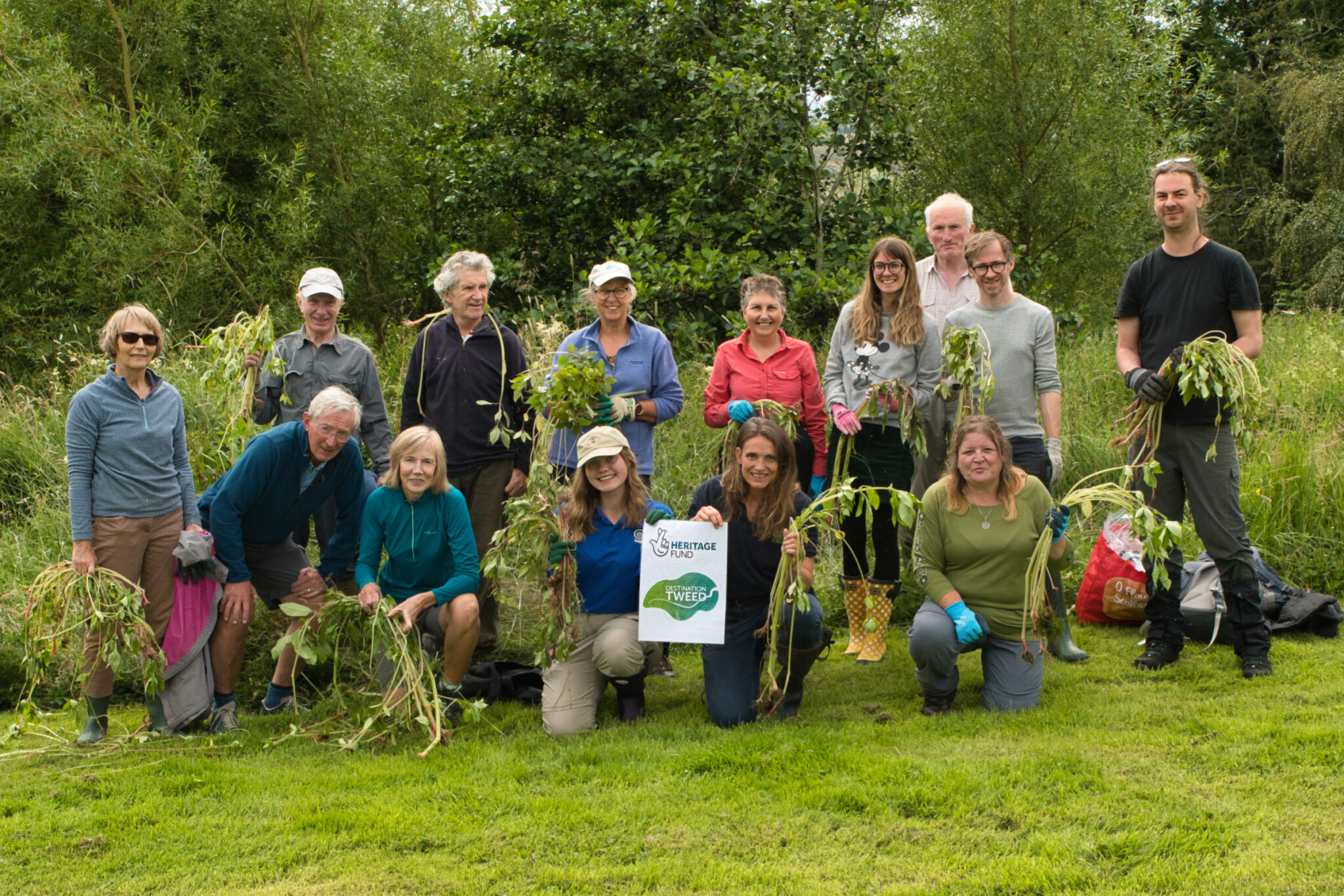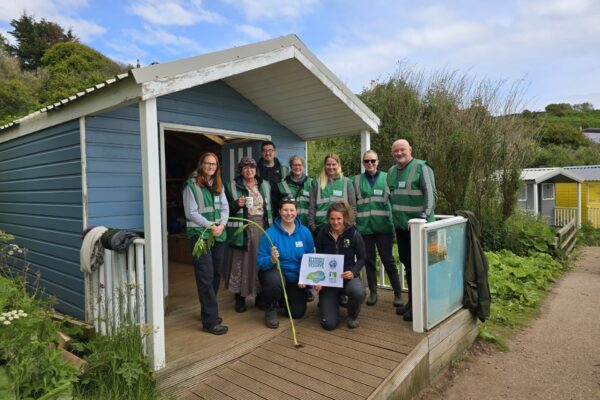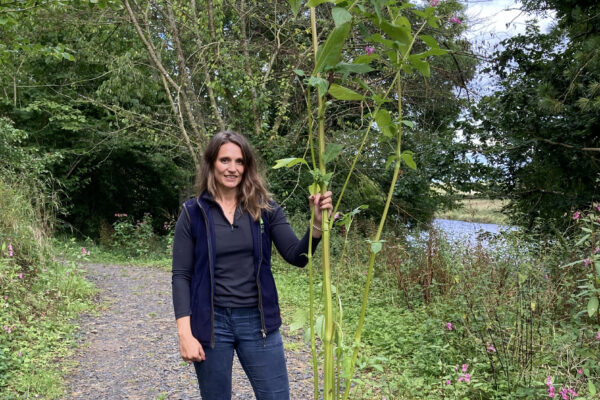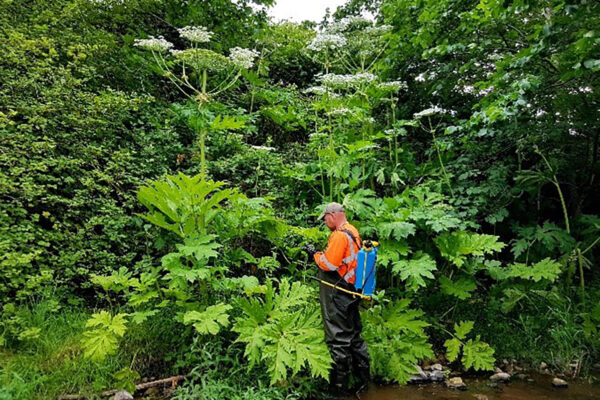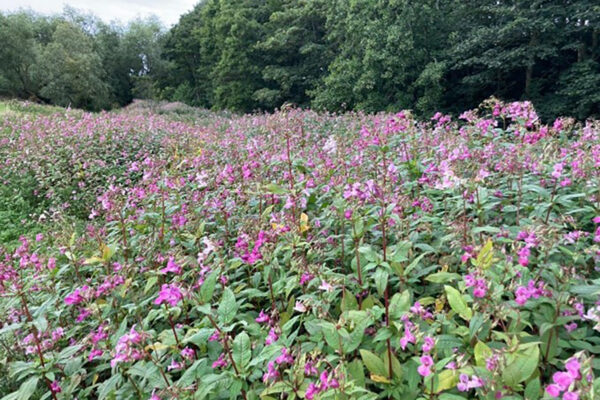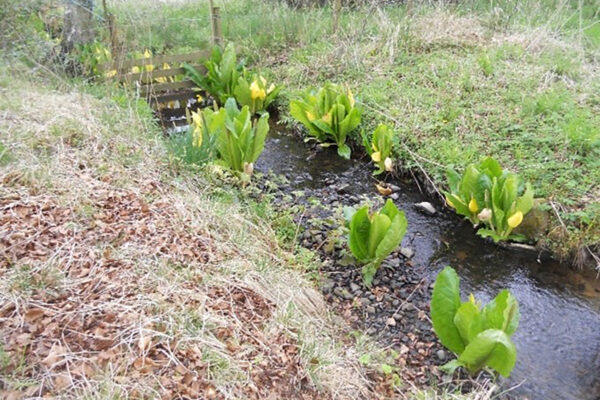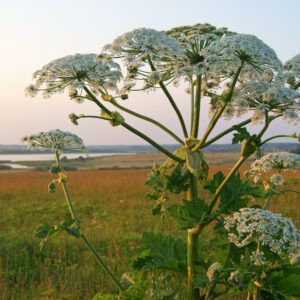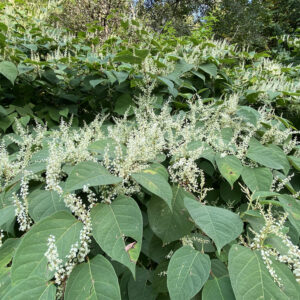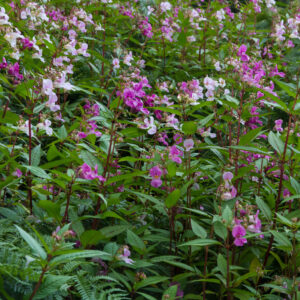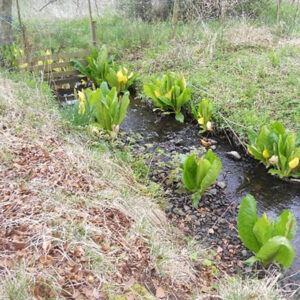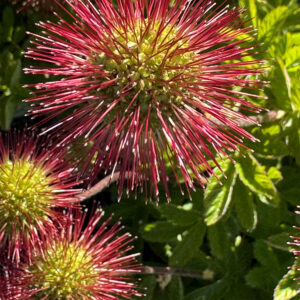Invasive Non-Native Species

Our project aims to increase the co-ordination of strategic and sustainable approaches to INNS management across the catchment empowering communities to identify species and report finds, as well as preventing new species from establishing in the catchment. Preventing new INNS infestations is the least environmentally damaging intervention, particularly in aquatic environments where control and eradication are challenging.
Building on over 20 years of investment and working with various stakeholders, the large-scale INNS control programme as part of Destination Tweed will give volunteers the opportunity to get involved in surveying, data gathering and direct control of these target species.
Learn how you can help to spot and record these invasive species in your local area below.
Species
The project targets five main species as listed below, with more detailed descriptions available on the Tweed Forum website.
Sightings Contact Form
You can play an important part in tackling these invasive plants!
If you see any of these species in the Catchment, please report them to us using this form and include as much information as possible on species type and location.
Visit the Tweed Forum website for more information about the project and the species we aim to tackle.
tweedforum.org
